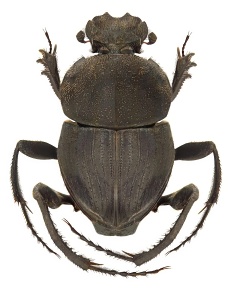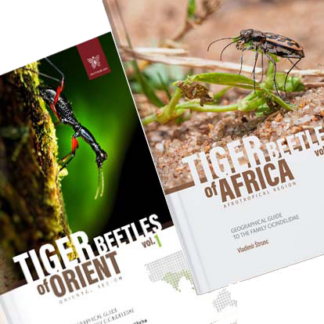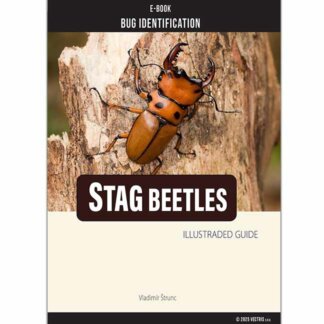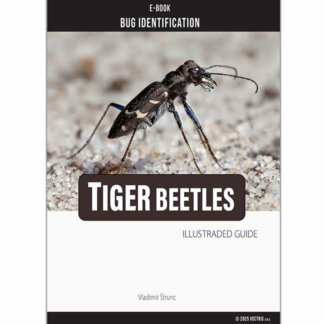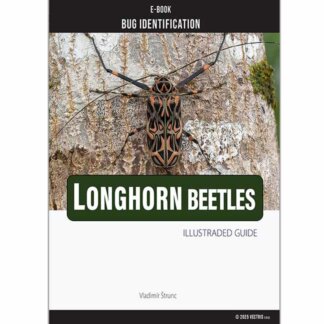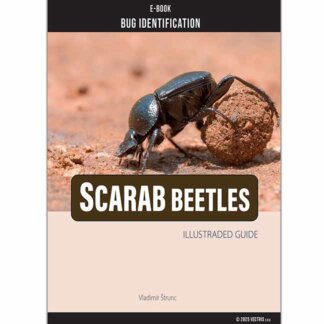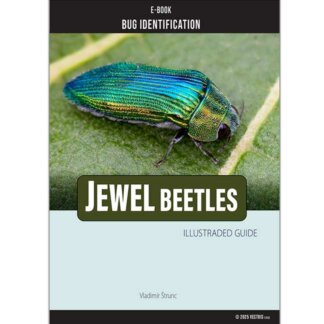Unique pictorial atlases for identifying Beetles. The complete insect life cycle, characterized by complete metamorphosis, is a fascinating biological process involving four distinct stages: egg, larva, pupa, and adult. This process is typical for many insects, including butterflies, moths, ants, bees, wasps, and beetles. Below is an expanded exploration of each stage and the key processes involved.
Beetles
Complete insect life cycle
We recommend:
jeweled beetles, ground beetles, longhorn beetles, goliath beetle, stag beetle, carpet beetles
Stages of Complete Metamorphosis
Egg Stage
Insects begin their life cycle as eggs laid by females, often in specific environments suited to the species’ needs.
Egg development may require fertilization, although some species reproduce through parthenogenesis, where females produce offspring without fertilization. For example, ants and bees can produce female offspring this way.
Eggs can vary in resilience; some species lay eggs capable of surviving extreme conditions until favorable circumstances arise.
Larval Stage
After hatching, the egg develops into a larva, which often has a worm-like appearance (e.g., caterpillars for butterflies or grubs for beetles).
Larvae differ significantly from adults in form and behavior. They lack wings and compound eyes and may have specialized feeding habits that reduce competition with adults.
Growth occurs through multiple molts (instars), where the larva sheds its exoskeleton to accommodate its increasing size.
Pupal Stage
The larva transforms into a pupa or chrysalis once it reaches full size. This stage is characterized by dramatic internal reorganization.
Inside the pupal case, larval tissues are broken down into a cellular “soup,” which is then reorganized into adult structures like wings and reproductive organs.
The pupa is generally immobile and non-feeding, serving as a protected stage for transformation.
Adult Stage
After metamorphosis is complete, the adult insect emerges fully formed with wings and reproductive capabilities.
Adults no longer grow or molt; their primary focus shifts to reproduction and dispersal. They often occupy different ecological niches than larvae to avoid competition for resources.
Complete insect life cycle
Complete insect life cycle
Books about Beetles
Unique pictorial atlases for identifying Beetles:
(2020) Tiger Beetles of the World, Cicindelidae, Illustrated guide to the genera
(2023) Tiger Beetles of Africa, Cicindelidae, Geographical guide to the family Cicindelidae
(2024) Tiger Beetles of Orient, Cicindelidae, Geographical guide to the family Cicindelidae
(2022) Ground Beetles of Africa, Afrotropical Region
(2022) Jewel Beetles of the World, Buprestidae, Illustrated guide to the Superfamily Buprestoidea
(2008) The Prionids of the World, Prioninae, Illustrated catalogue of the Beetles
(2010) The Prionids of the Neotropical region, Prioninae, Illustrated catalogue of the Beetles
Key Processes in the Life Cycle
Metamorphosis
This overarching process involves profound physical transformation from egg to adult through cell growth and differentiation.
Molting (Ecdysis)
Molting allows insects to grow by shedding their rigid exoskeleton multiple times during the larval stage. Each molt marks the transition to a new instar.
Instars
Complete insect life cycle
Instars represent developmental stages between molts. These are critical periods of growth before the insect reaches adulthood.
Advantages of Complete Metamorphosis
Separation of larval and adult ecological roles minimizes competition for food and habitat.
The pupal stage provides protection during the vulnerable transformation phase.
Specialized adaptations at each stage optimize survival and reproduction in diverse environments.
